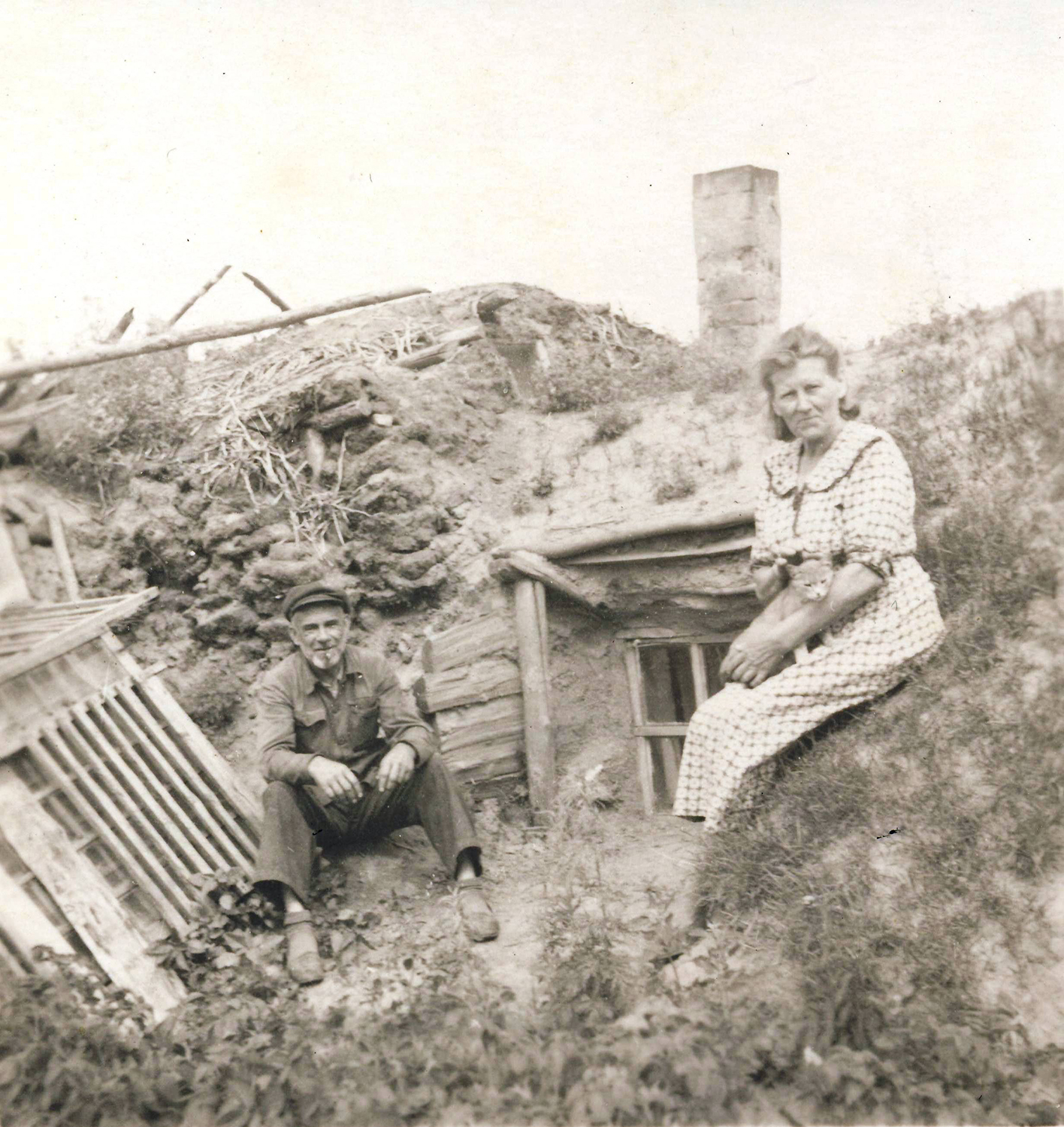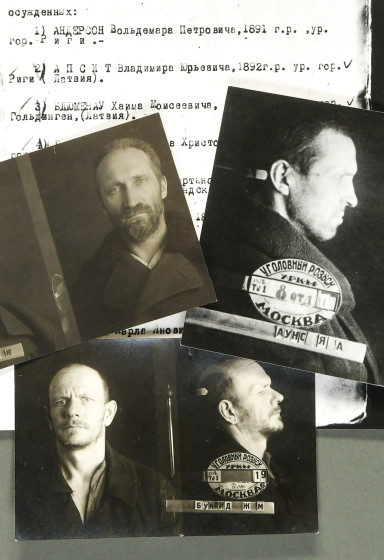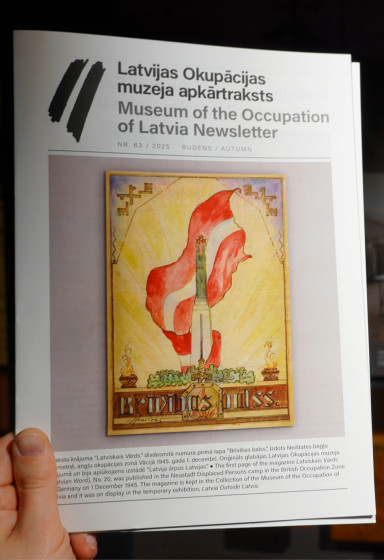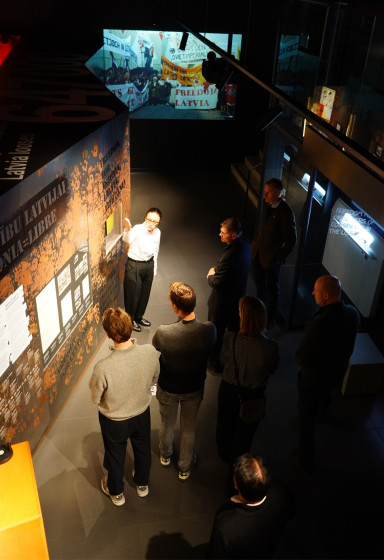Donate to Museum
Each donation helps to ensure the Museum's activities, allowing it to function and provide information for people from all over the world.
The Museum is grateful to each donor and invites everyone to contribute.
A Child from the Underground!

On 25 March 1949, more than 42,000 inhabitants of Latvia were deported to Siberia. The deportees were mostly relatively large landowners, akaknown as kulaks. The Soviet regime in Latvia considered kulaks to be people who owned at least 30 hectares of land in Latvia, or who employed paid labour on their farms.
On 10 August 1948, Alma Biezais (1901–1978) was added to the list of kulaks. Alma owned a 33.4 -hectare farm in Snēveliņi, Aduliene parish. The farm had 12 cows, 13 sheep, 3 horses and 8 pigs. Before the Second World War, Alma had married Jānis Biezais, but when the war broke out, they divorced, and Alma was left alone with their children – Hārdijs (1931) and Alda (1941). Jānis Biezais served in the Home Guards during the German occupation, but when the German army left Latvia, he joined them and did not return to Latvia.
On 25 March 1949, Alma and Alda were deported to the Tomsk region. Although Hārdijs was also on the deportation lists, he was on a business trip to Riga that day and avoided deportation. On the day of the deportation, Alma took her ex-husband's military decorations with her – the Medal for Latvia 1918–1928, the Commemorative Emblem of the Latvian War of Liberation for the Fatherland 1918–1920 and a photograph.
The mother and daughter's journey to the camp site took two weeks. They were first housed in former prison barracks in Tomsk but then transferred to the town of Parabel. Alma worked on the collective farm village of Malije Bugri, but the extremely hard work caused her health to deteriorate rapidly. Alma was also unable to find suitable housing, and she and her daughter were forced to live in a dugout. On 22 January 1950, Alma's sister, Anna Viks in Riga, sent a letter to the editor of the newspaper Cīņa (Struggle) saying that her sister had broken her arm and was frail and unable to work, and asking that she be allowed to return to Latvia where her son could take care of her, but the letter was never published and the request was ignored.
Alda started school at the Malije Bugri school, but after the fourth grade continued at Parabel. Relations with the Russian children at school were normal. Because she lived in a dugout, she was sometimes called a child of the underground, but she also managed to find friends with whom to be both obedient and mischievous. In 1952, Alda broke her arm, and, in the hospital, it was discovered that she had lice. Her braids were cut off and her head was completely shaved. Alma and Alda managed to return to Latvia in 1956. They were helped by Alma's sister Anna and her son Hārdijs, who had stayed in Latvia, and worked as a tractor driver until he completed his brigadier's course. He then worked as a foreman at the Valka Machine and Tractor Station (MTS), and later at the Cesvaine MTS, until he was drafted into the Soviet army in 1952.
All the objects shown in this publication are in the Collection of the Museum of the Occupation of Latvia and can be seen in its exhibition.







